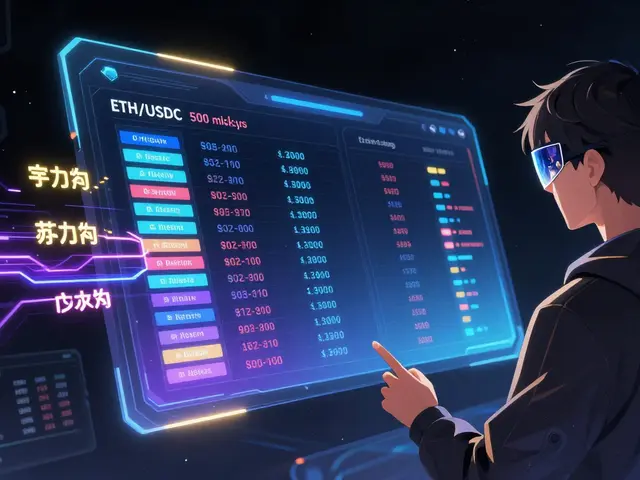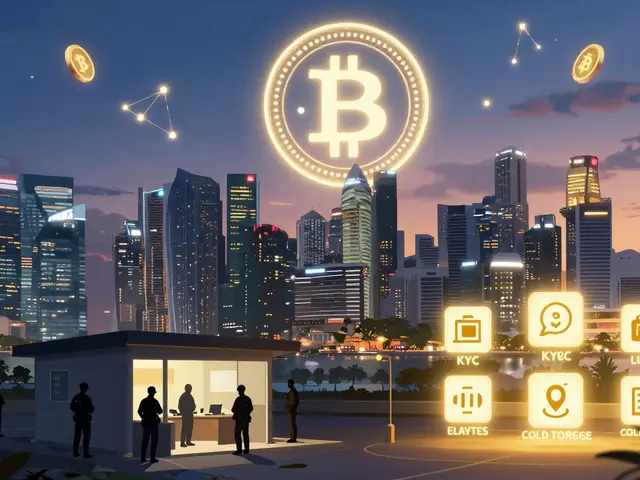Ethereum Merge: What It Changed and Why It Still Matters
When the Ethereum Merge, the historic upgrade that switched Ethereum from proof-of-work to proof-of-stake. Also known as The Merge, it didn’t just tweak the network—it rewrote the rules of blockchain sustainability. Before September 2022, Ethereum used the same energy-hungry method as Bitcoin: mining. Miners raced to solve complex puzzles with powerful hardware, burning through electricity like it was water. The Merge ended that. Instead of brute force, validators now lock up ETH to secure the network. No more giant mining farms. No more insane power bills. Just staking.
This wasn’t just about saving energy—it was about survival. The environmental impact of crypto had become a major talking point, and Ethereum was the biggest target. After the Merge, its energy use dropped by over 99%. That’s not a small win. It’s the difference between a coal plant and a solar panel. Suddenly, Ethereum had a clean edge over Bitcoin and other proof-of-work chains. And that shift opened doors. Institutions that once avoided crypto because of emissions started paying attention. Regulators who called it a waste of resources had to rethink their stance. Even developers building on top of Ethereum felt the change—scaling solutions like rollups became more viable because the base layer was now efficient.
The Merge also tied directly into how Ethereum handles growth. With less energy wasted on mining, the network could focus on scaling. That’s why you see so many posts here about L1-L2 bridges, the systems connecting Ethereum’s main chain to faster, cheaper sidechains, and restaking, the process of reusing your staked ETH to earn rewards across multiple protocols. These tools only make sense if the base layer is stable and cheap to use. The Merge made that possible. It didn’t fix everything—gas fees didn’t vanish overnight, and decentralization debates still rage—but it gave Ethereum a foundation to build on.
Today, if you’re looking at Ethereum, you’re not just watching a cryptocurrency. You’re watching a network that chose to evolve instead of resist change. The posts below dig into what happened after the Merge—how it affected mining communities, how it changed investor behavior, and how it reshaped the entire crypto ecosystem. You’ll find stories about Iran using crypto to bypass sanctions, India’s quiet crypto boom, and how blockchain scaling is now the real race. None of that would look the same without the Merge. It wasn’t just a technical update. It was the moment Ethereum stopped being a gamble and started becoming infrastructure.
What Was the Difficulty Bomb in Ethereum and Why It Mattered
The Ethereum difficulty bomb was a hidden countdown that made mining slower and costlier until the network switched to Proof of Stake. It forced the Merge, cut energy use by 99.95%, and changed how blockchains evolve.












